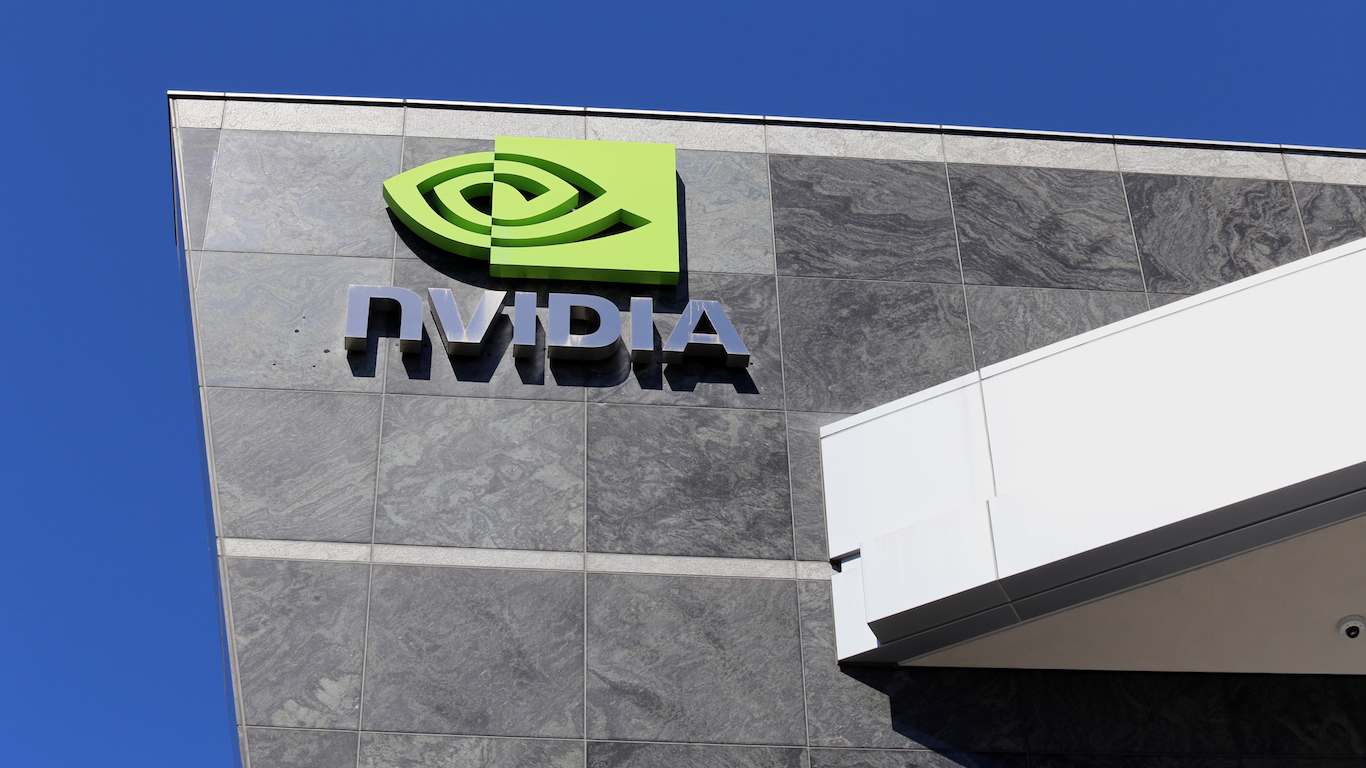
The U.S. Energy Information Administration (EIA) released its weekly petroleum status report Thursday morning, showing that U.S. commercial crude inventories soared by 9.3 million barrels last week, maintaining a total U.S. commercial crude inventory of 434.9 million barrels. The commercial crude inventory is about 2% above the five-year average for this time of year. Over the past four weeks, the U.S. crude stockpile has added nearly 17 million barrels.
Wednesday evening, the American Petroleum Institute (API) reported that crude inventories increased by 4.13 barrels in the week ending October 10. For the same period, analysts expected crude inventories to rise by about 2.9 million barrels. Gasoline and diesel fuel inventories both fell, by 934,000 and 2.86 million barrels, respectively, according to the API. The EIA reported that gasoline inventories dropped by 2.6 million barrels last week and distillate inventories dropped by 3.8 million barrels.
West Texas Intermediate (WTI) crude traded at a high of $62.90 a barrel following the drone attack on Saudi oil processing facilities in mid-September. Crude had not traded at that level since late May.
WTI traded at around $53.20 Thursday morning, while May 2020 futures traded at $52.53. In May of this year, the difference between the spot price and the six-month forward price was about $3 a barrel. That market position, known as backwardation, is slowly giving way to the more usual position where future prices are higher than current spot prices (called contango).
However, concerns about a continuing trade war and an accompanying global economic slowdown have stifled any optimism for rising crude oil prices. Hedge funds cut their long positions in Brent crude by 10% last week and, until there’s some good news on trade relations between the United States and China, oil prices will continue to trade in a narrow band around $53 a barrel, barring further black-swan events like the drone attack. Even those, however, will generate primarily modest and short-lived price spikes.
It’s Your Money, Your Future—Own It (sponsor)
Retirement can be daunting, but it doesn’t need to be.
Imagine having an expert in your corner to help you with your financial goals. Someone to help you determine if you’re ahead, behind, or right on track. With SmartAsset, that’s not just a dream—it’s reality. This free tool connects you with pre-screened financial advisors who work in your best interests. It’s quick, it’s easy, so take the leap today and start planning smarter!
Don’t waste another minute; get started right here and help your retirement dreams become a retirement reality.
Thank you for reading! Have some feedback for us?
Contact the 24/7 Wall St. editorial team.
 24/7 Wall St.
24/7 Wall St.



